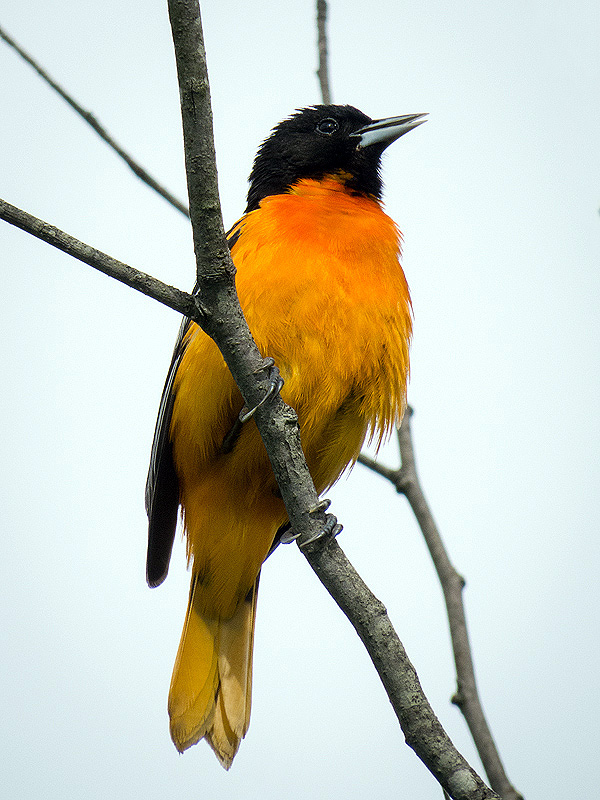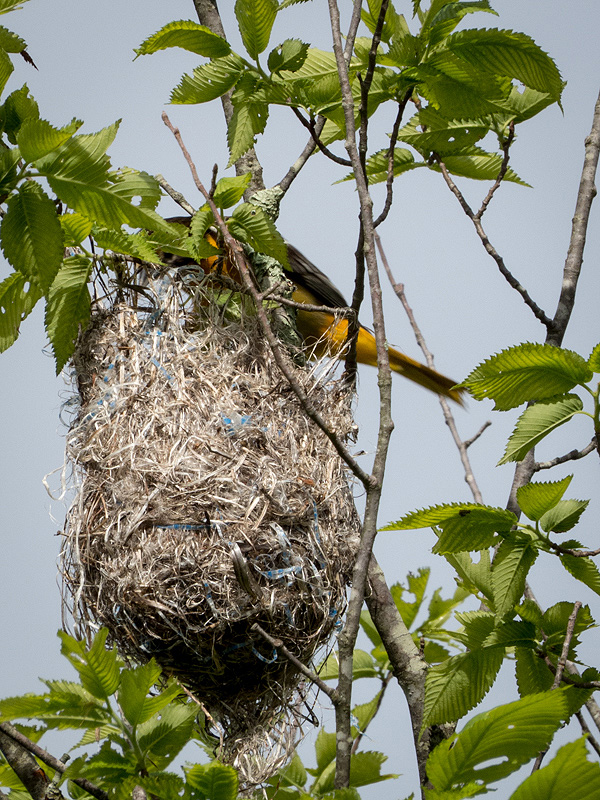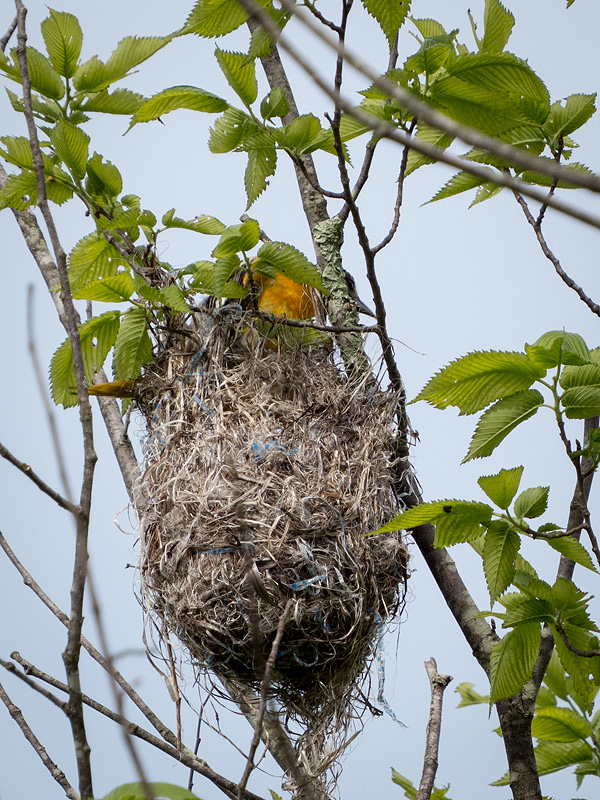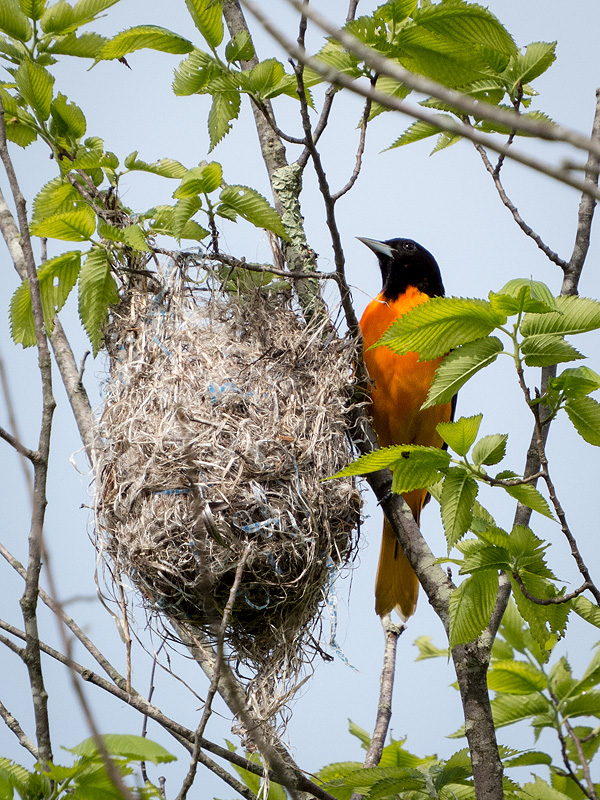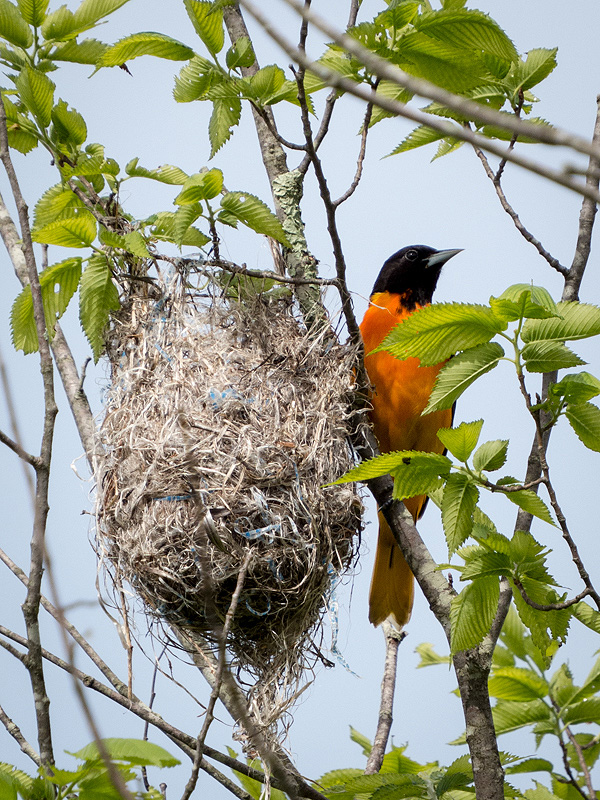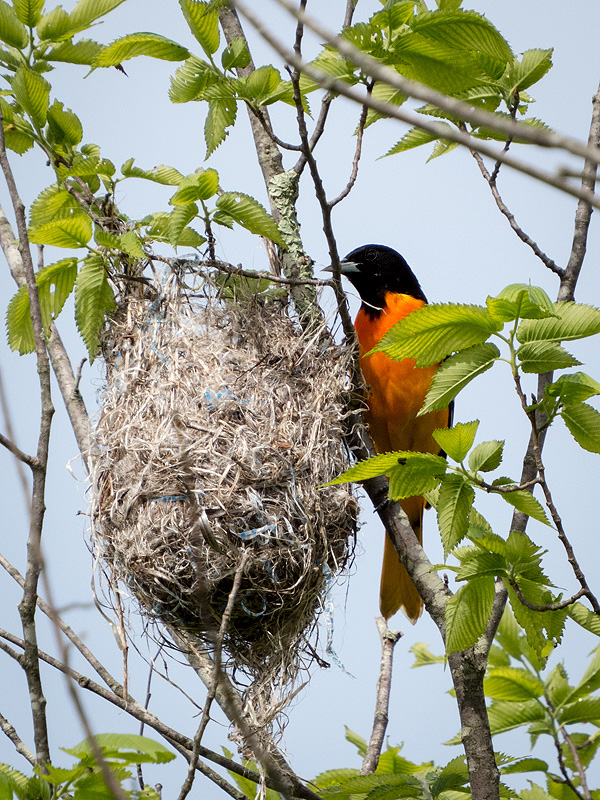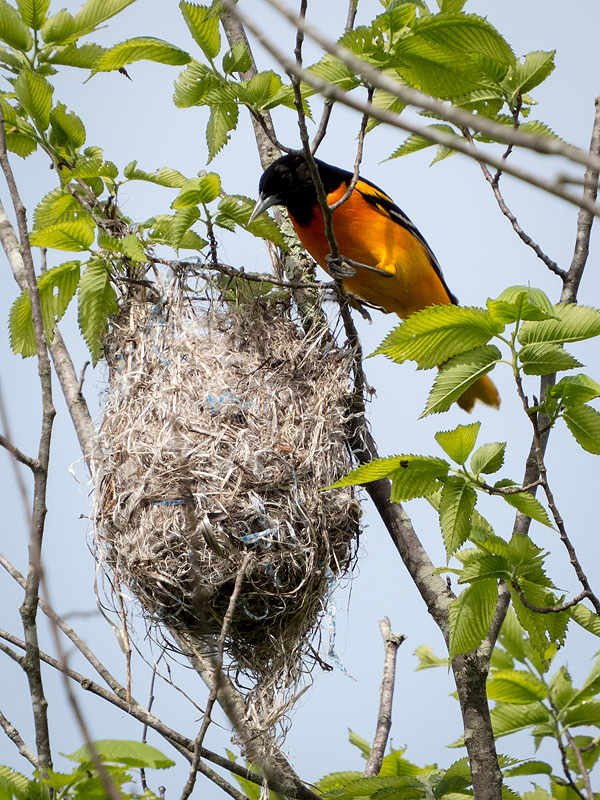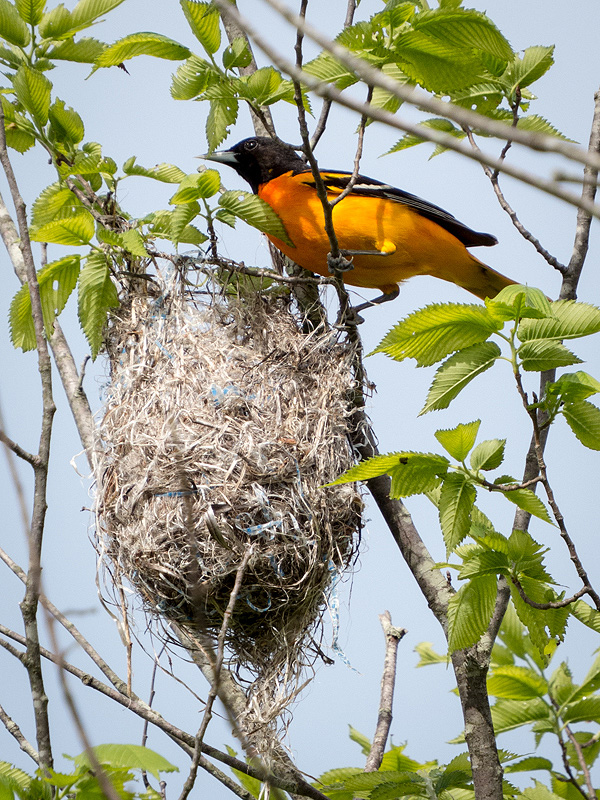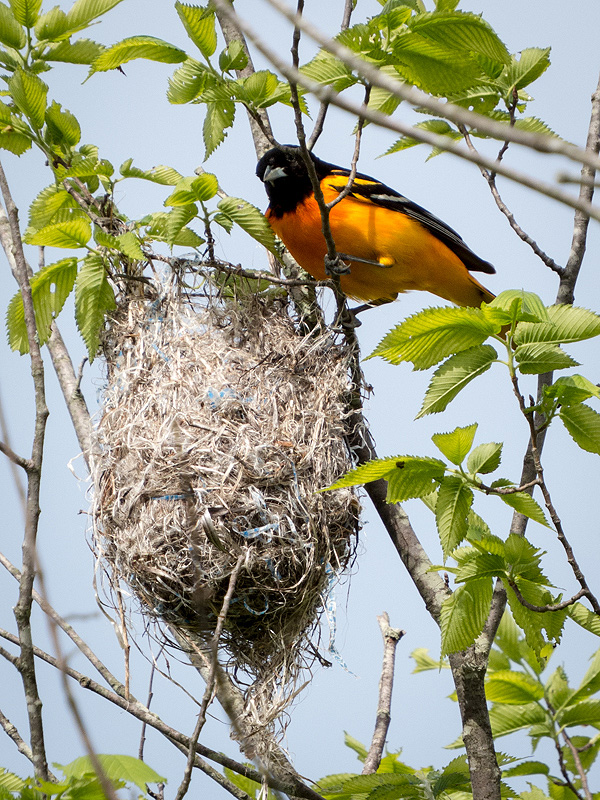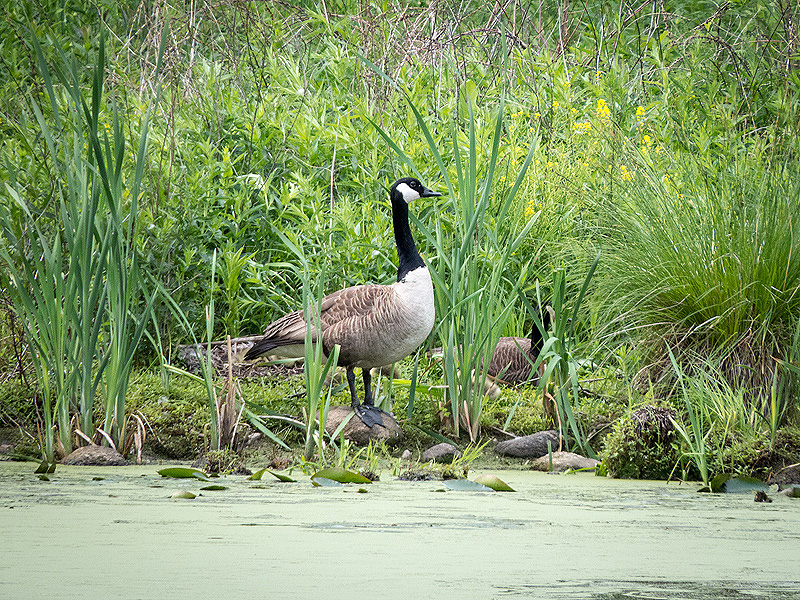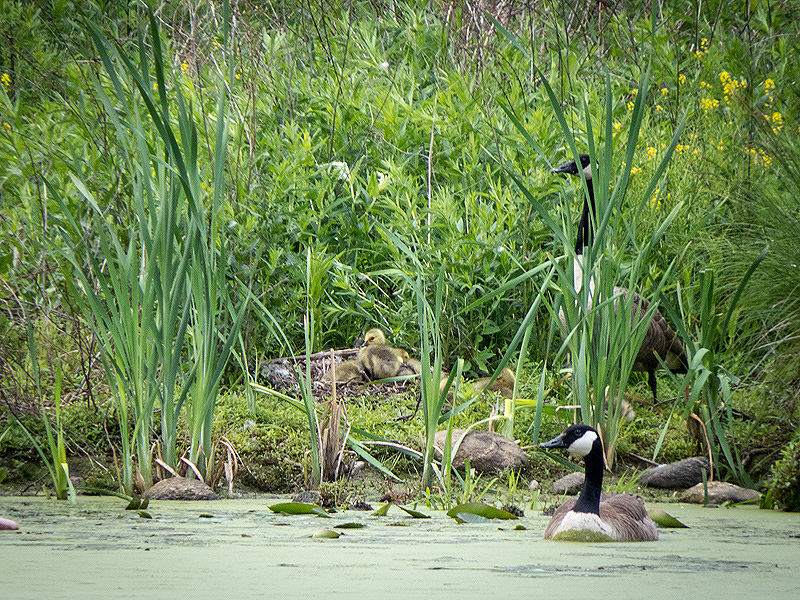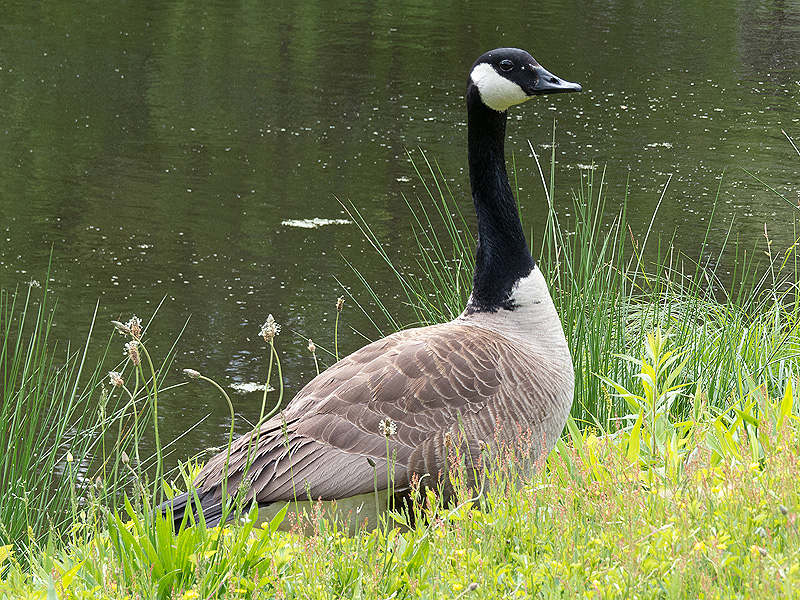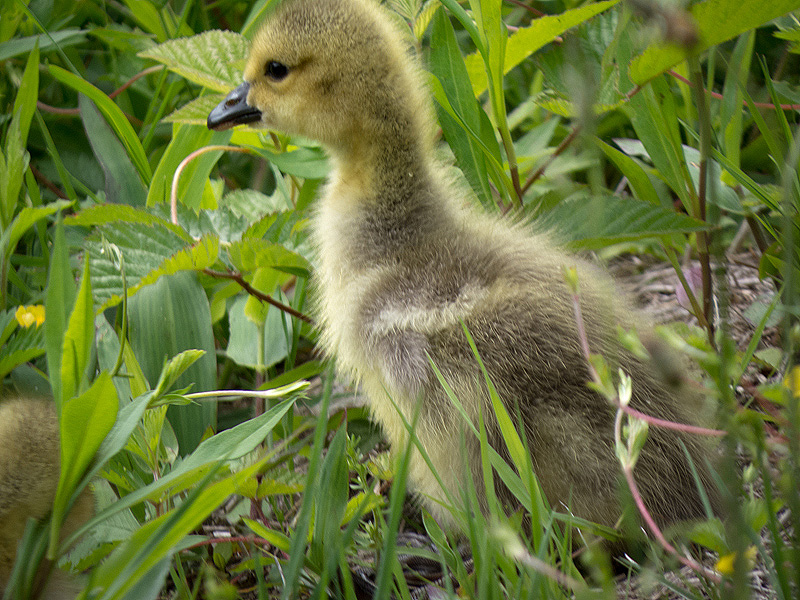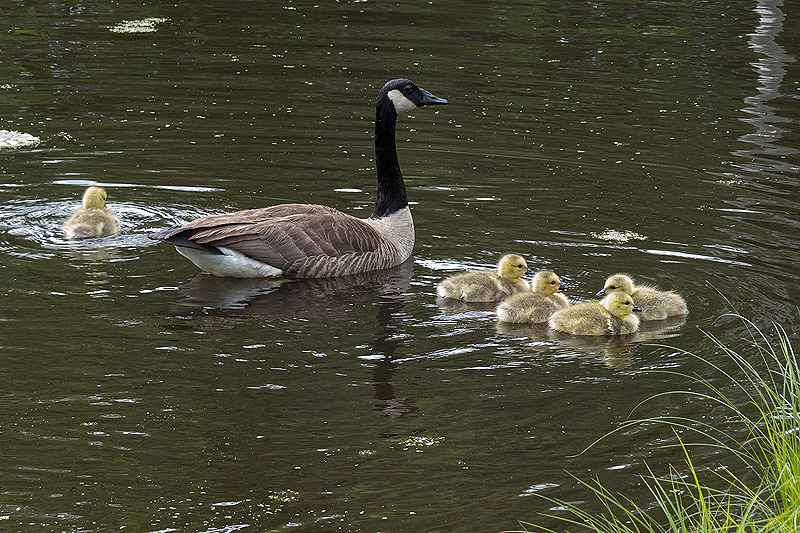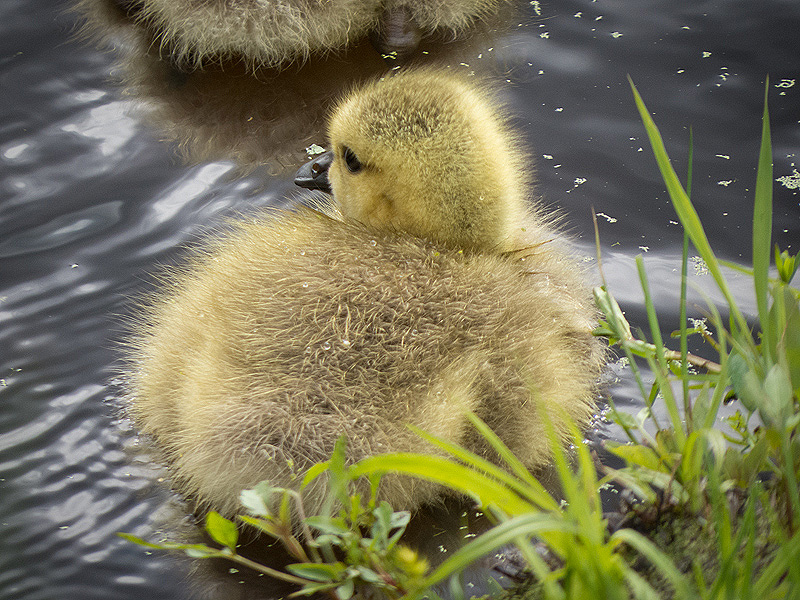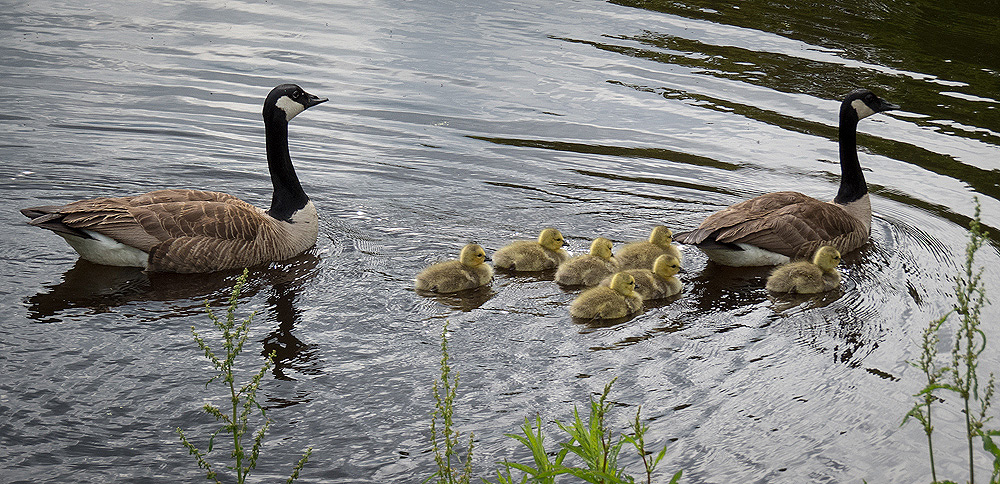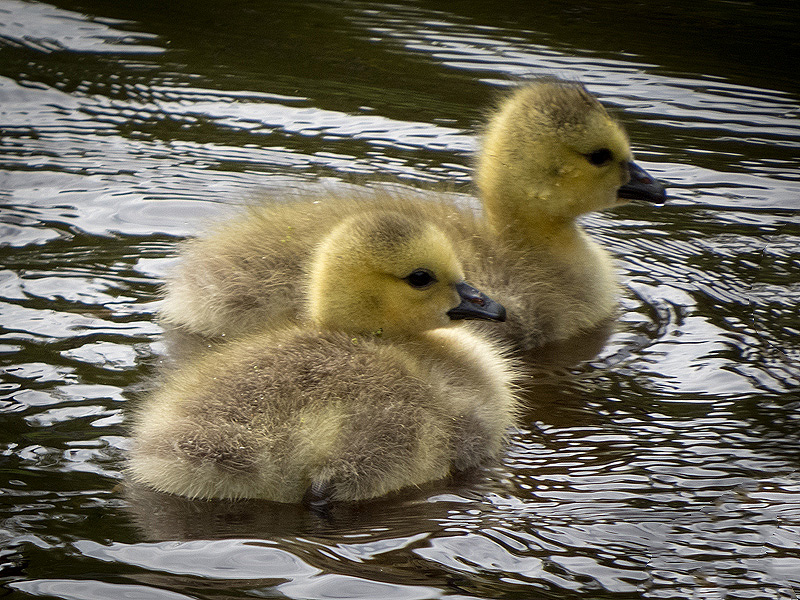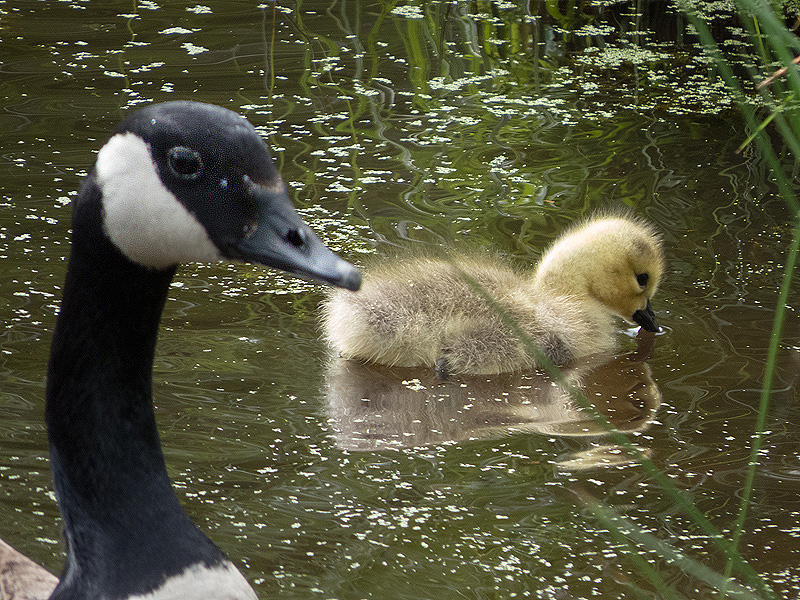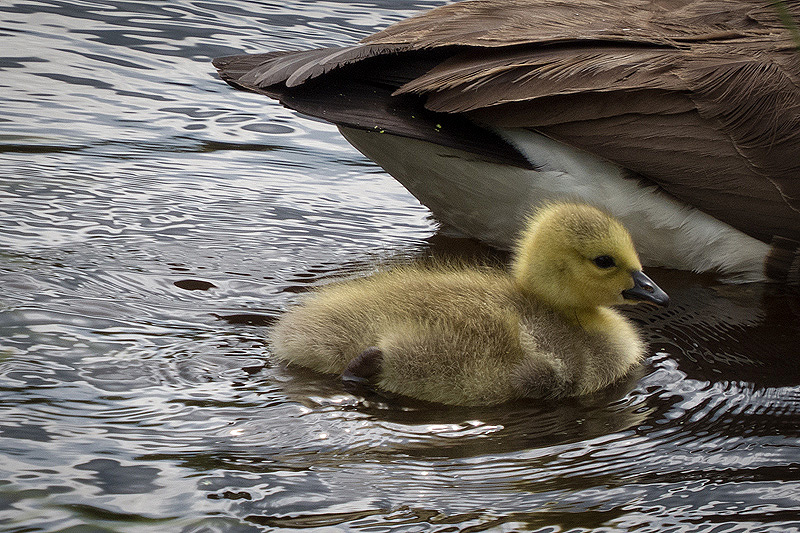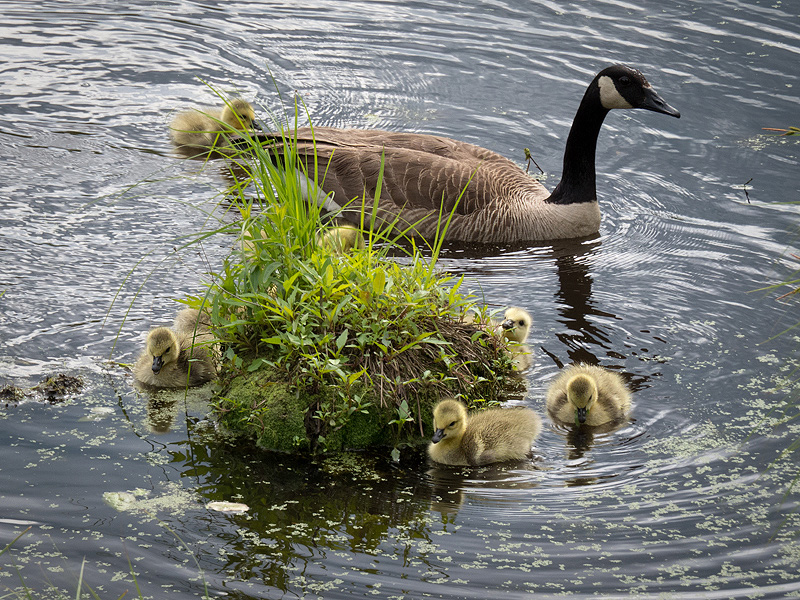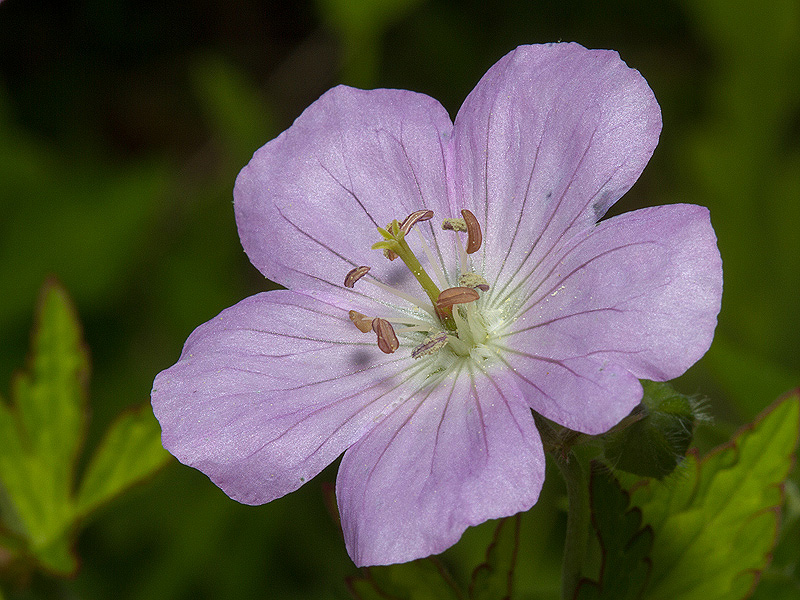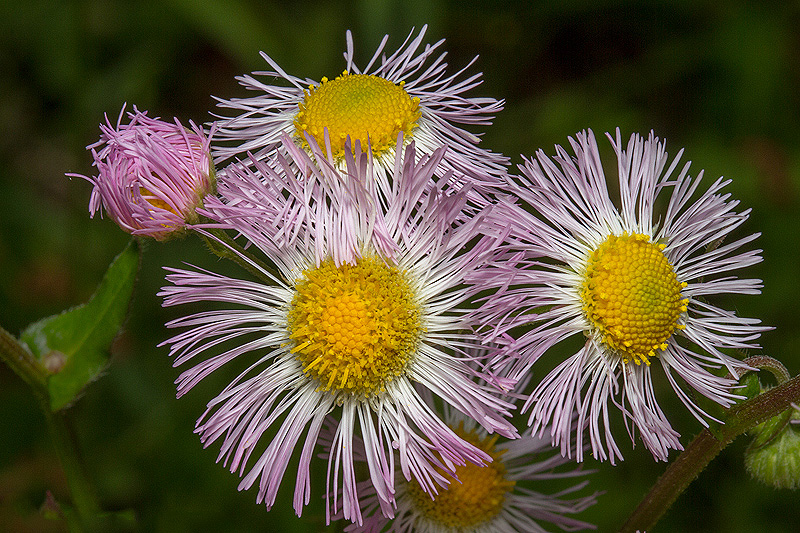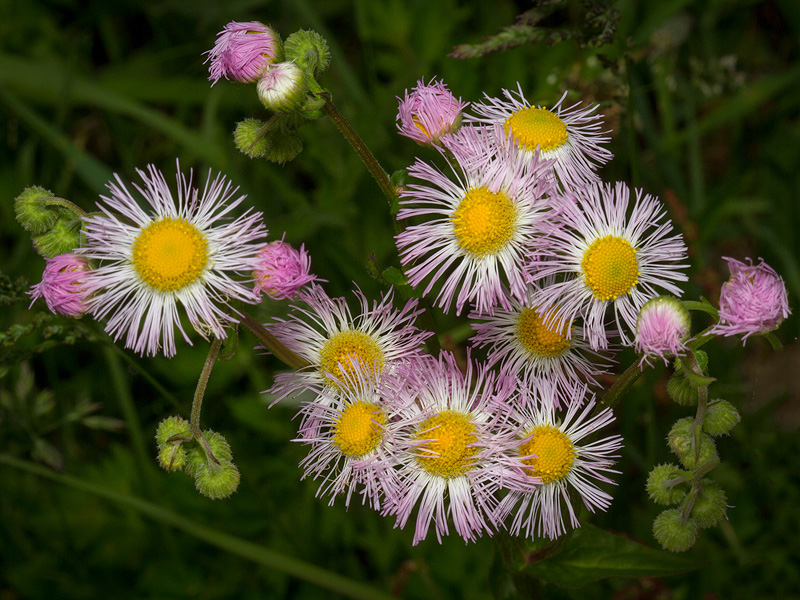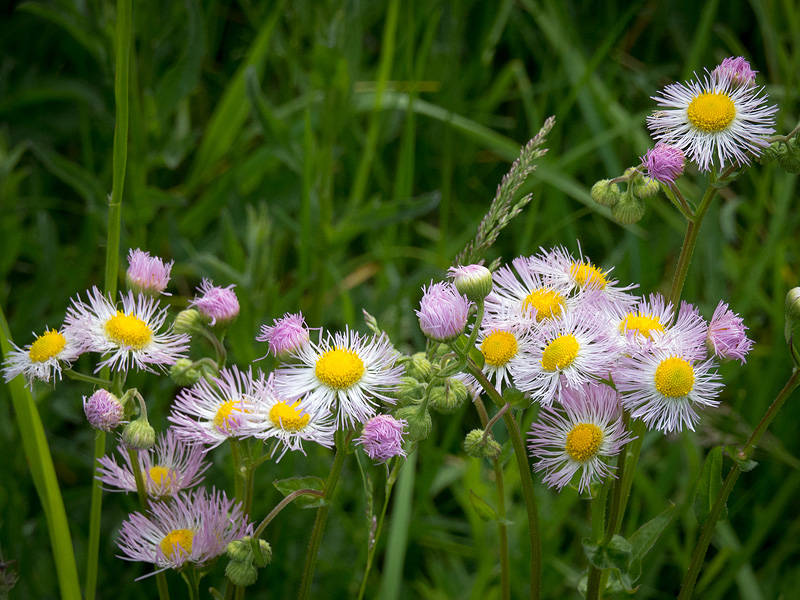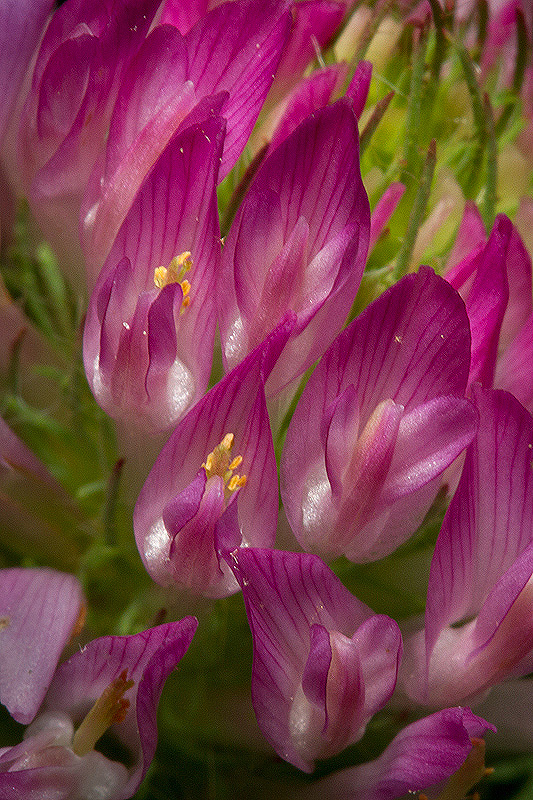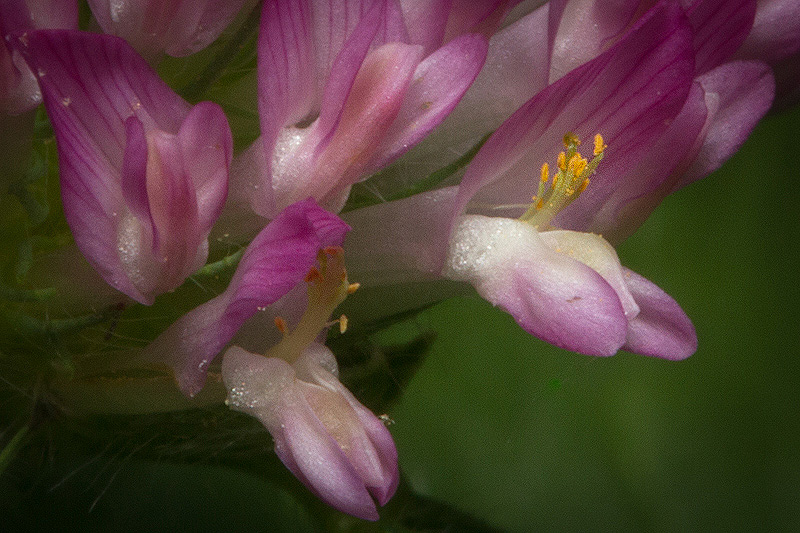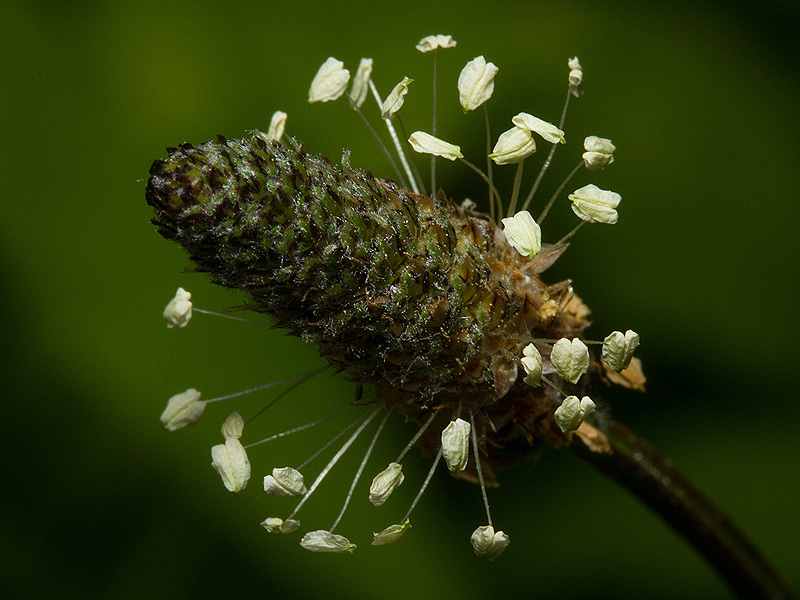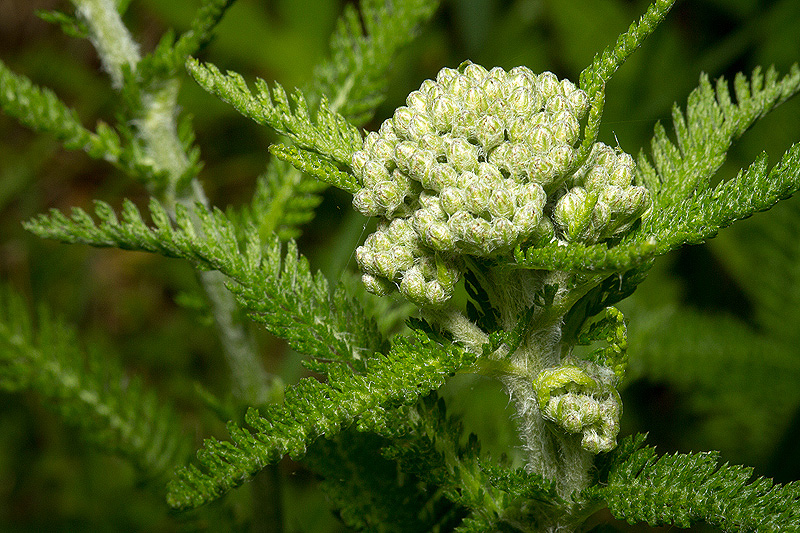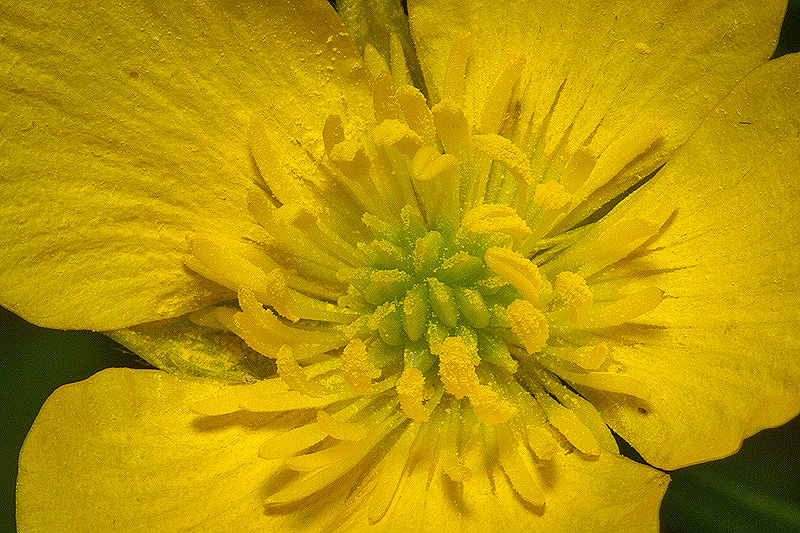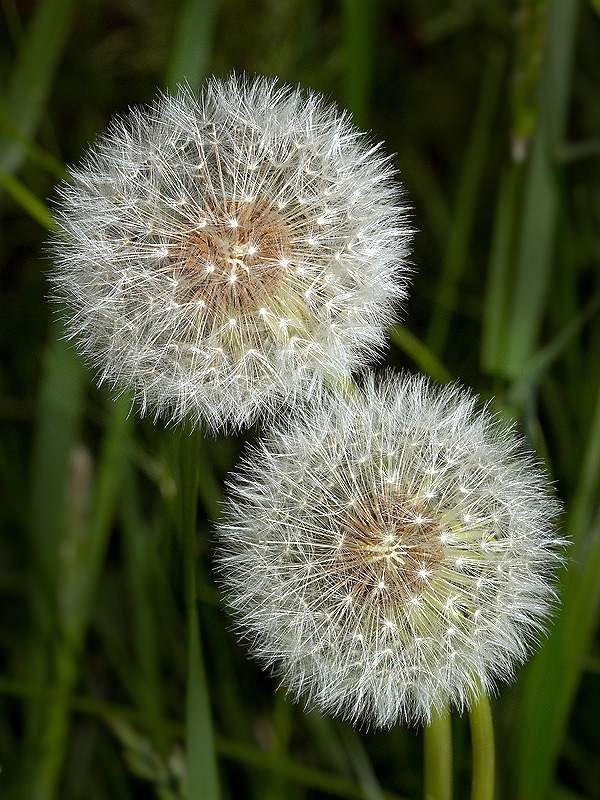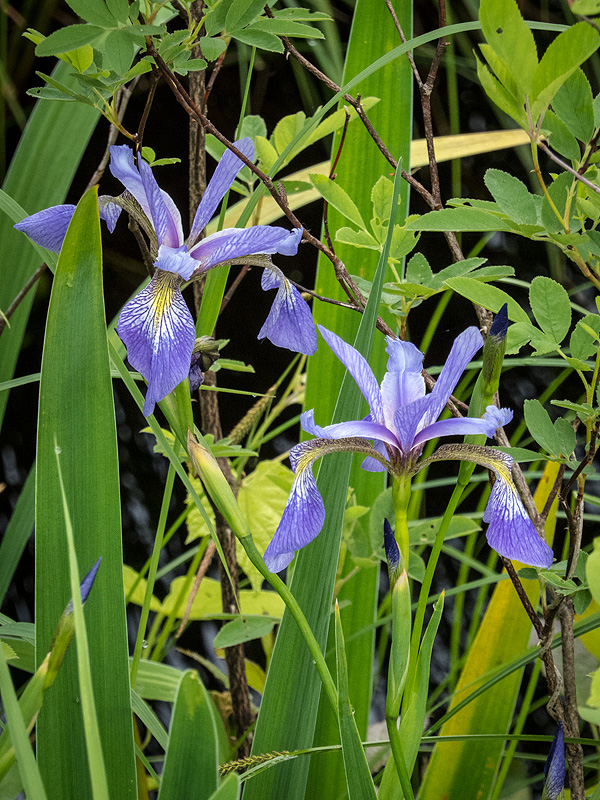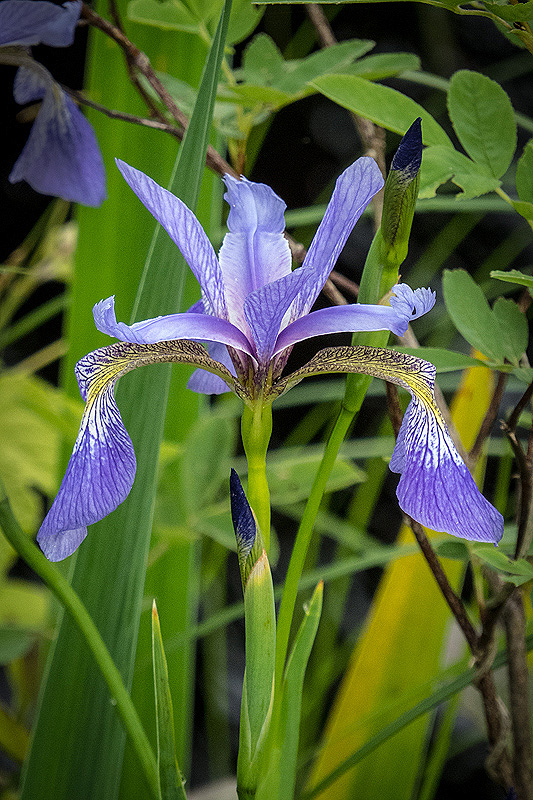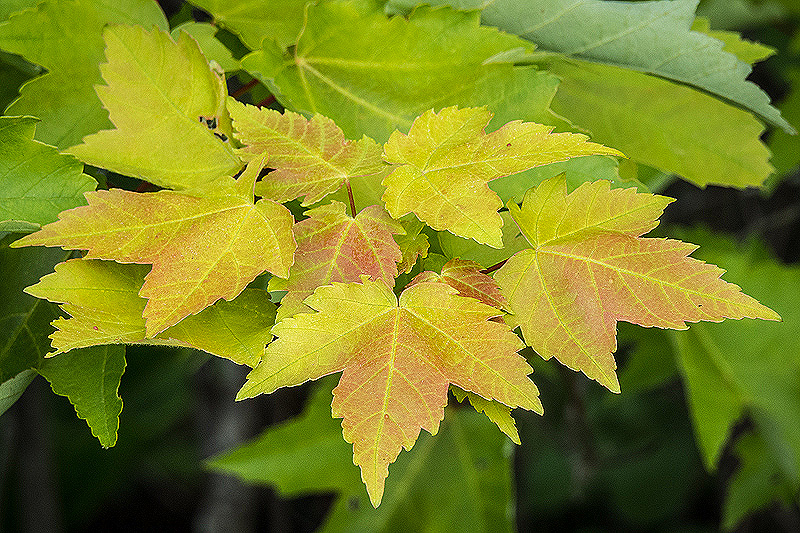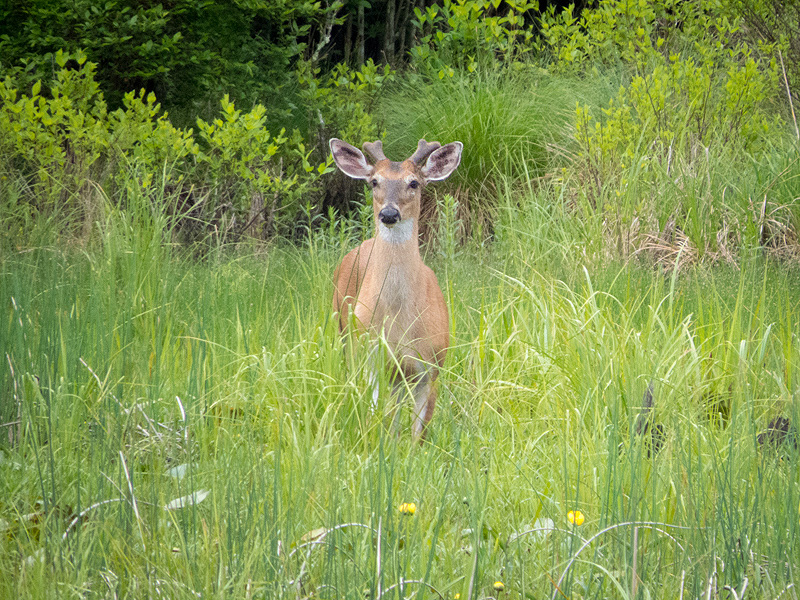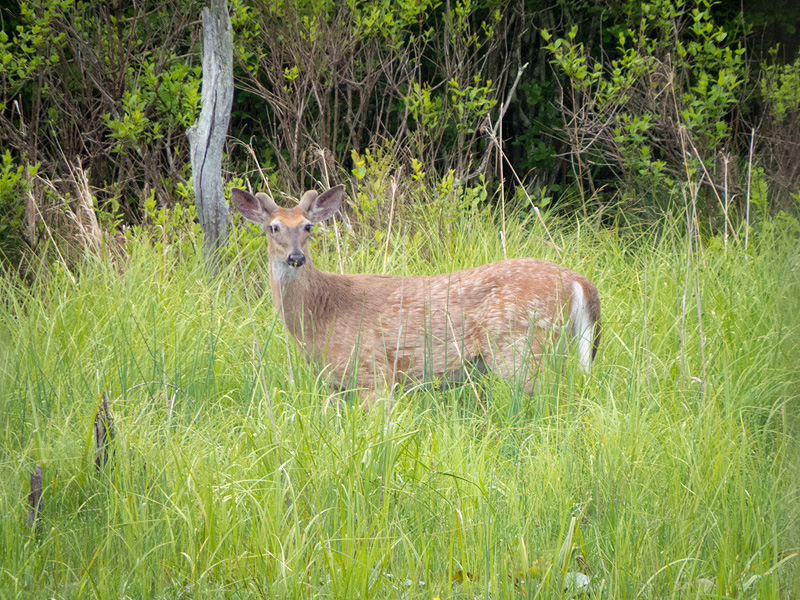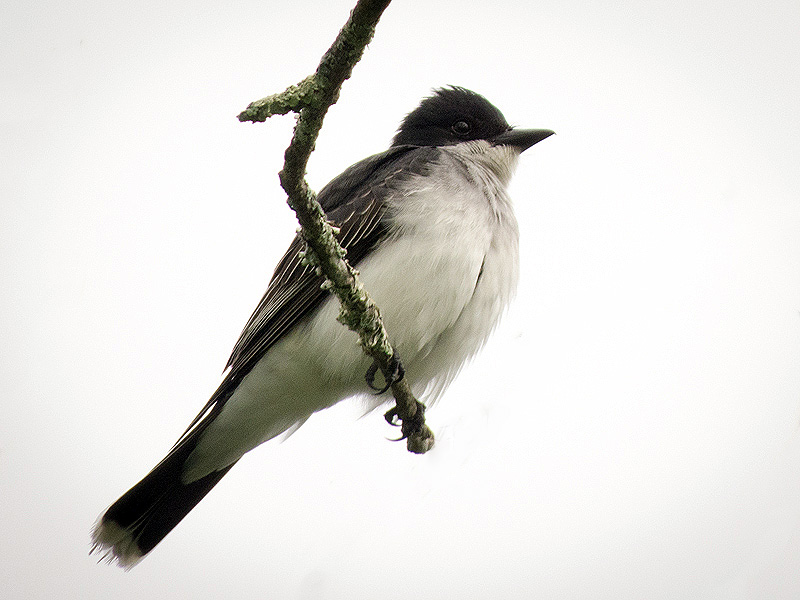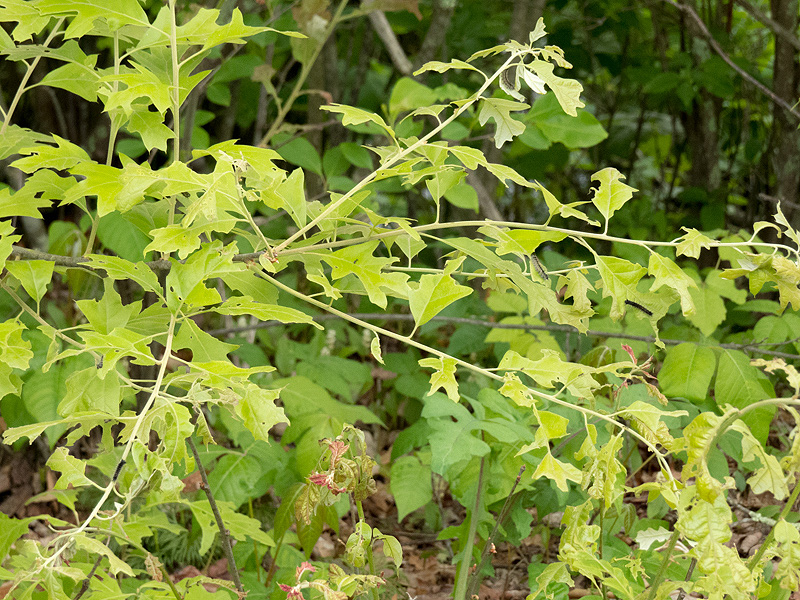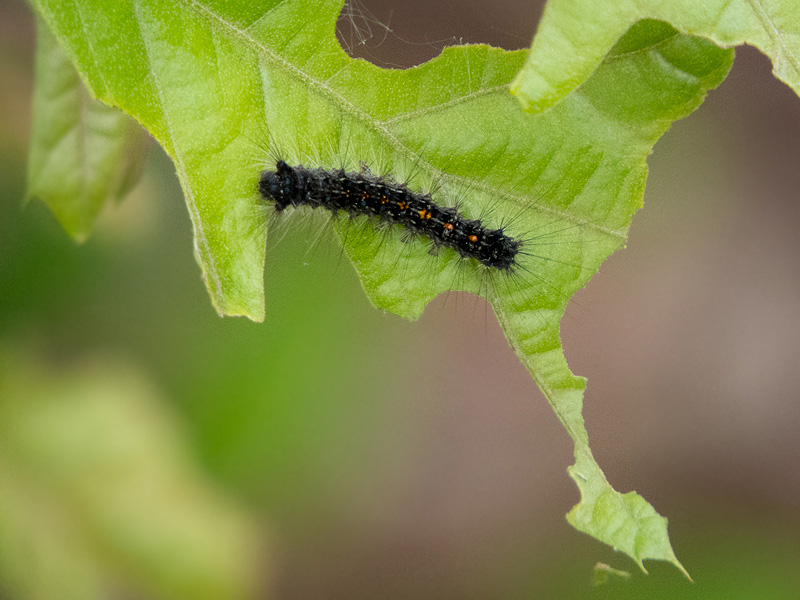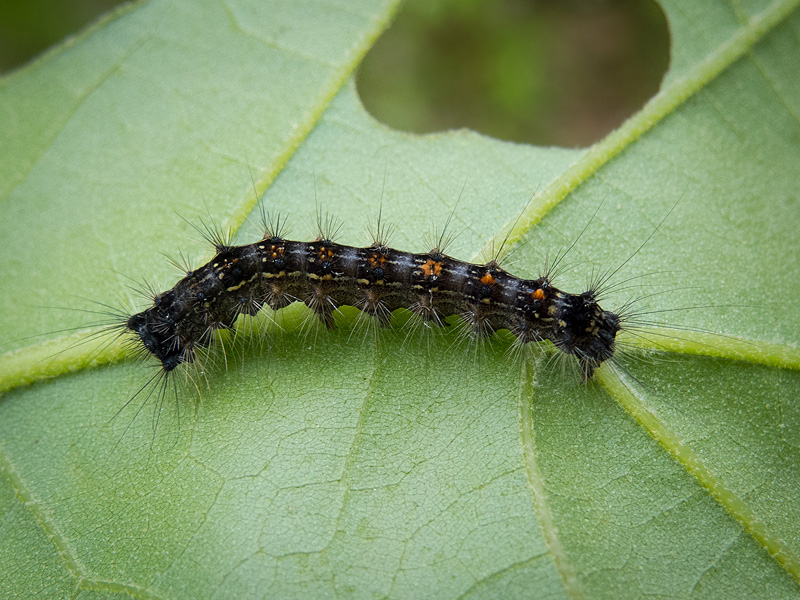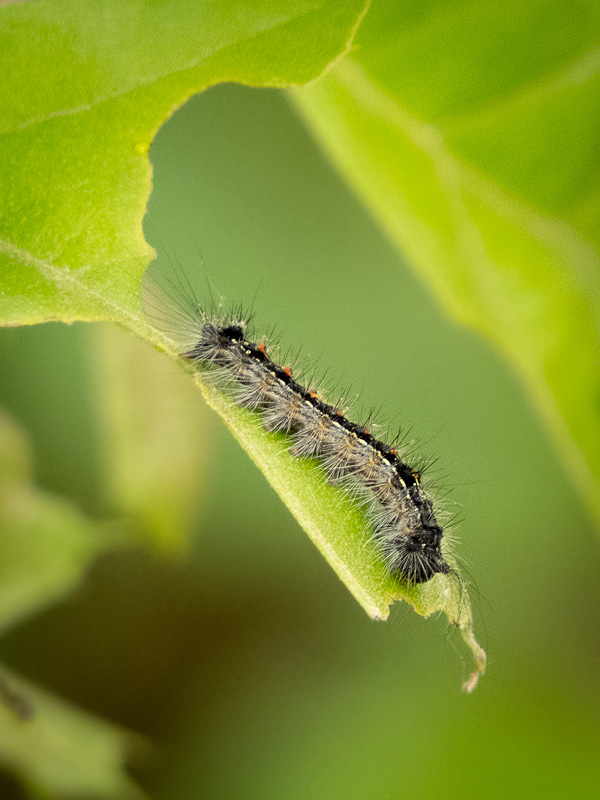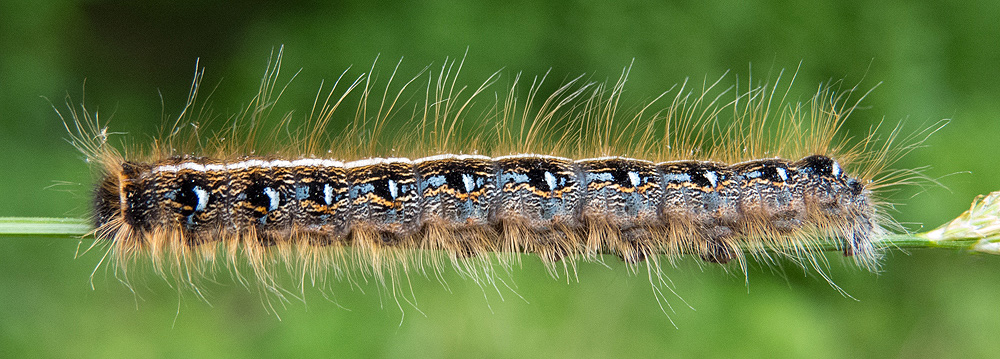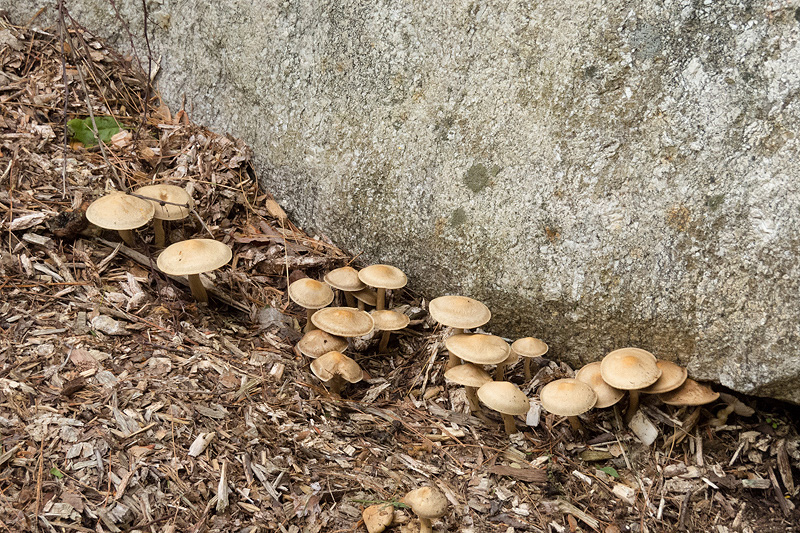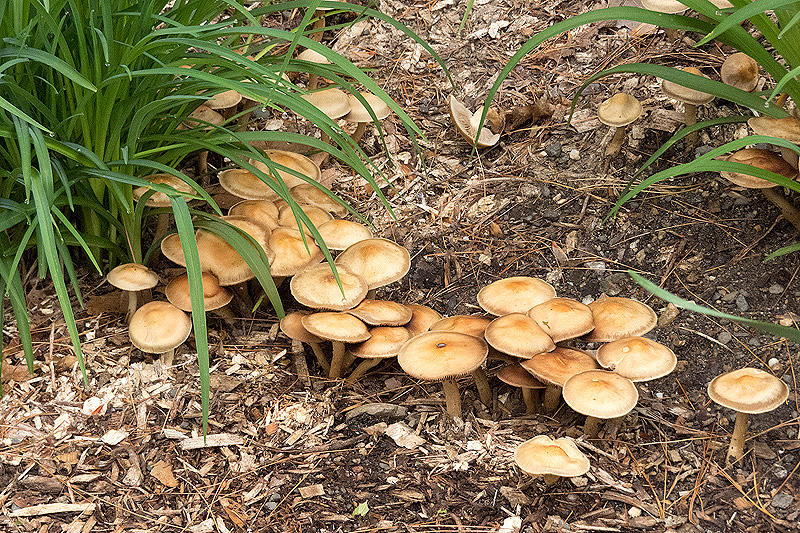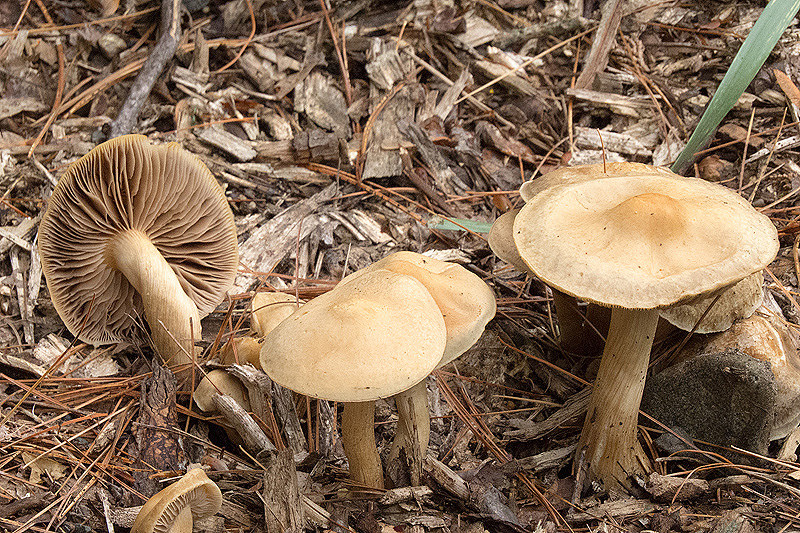Along the Air Line... 2017- Spring, Part 9 The Air Line Trail in Eastern Connecticut - Stan Malcolm Photos |
mHome Page Stan's FlickR Albums |
May 23rd. A male Baltimore Oriole (Icterus galbula) on guard near the nest over the trail. |
The female entered the nest at 8:19:17... |
...and departed at 8:32:44, 13 minutes and 27 seconds later. Towards the end of her time inside, I heard her calling, presumably to alert her mate that she was ready to leave. |
The male arrived 23 seconds later, at 8:33:07. |
This series of photos covers the 12 seconds that the male was at the nest, with a photo taken about once per second, so they give a good sense of how he spent his time, at first looking around away from the nest, then peering inside, finally looking around again before flying off. |
|
|
|
|
|
|
|
|
|
|
|
The male left at 8:33:19. I didn't stay to see when the female returned. |
May 24th. A quick stop at Cranberry Bog. The male Canada Goose (Branta canadensis) has joined the female at the nest site. That's different. |
Ah, we have goslings! |
I walked down to the far end of the pond and was busy taking pictures of wild flowers. When I looked up, the male Goose was just a few feet from me. |
And here's why. The family had followed and several goslings were on shore. This one was already retreating to the water. |
Back in the water, the family headed a little farther along before continuing to feed. |
|
|
|
|
|
|
|
Wild Geranium (Geranium maculatum) is doing very well this year. |
Common Fleabane (Erigeron philadelphicus). |
|
|
Red Clover (Trifolium pratense) is just starting to bloom. |
In this and the next photo, you can see that the "flower" is really a cluster of much smaller flowers, beautiful in their own right. |
|
English Plantain (Plantago lanceolata). |
Yarrow (Achillea millifolium) is getting ready to flower. |
Buttercup (Ranunculus sp.). |
Dandelion (Taraxacum offinale) seed heads. |
May 28th. Larger Blue Flag Iris (Iris versicolor). |
|
Spring colors on fresh Maple leaves - and no caterpillar damage yet! |
Two White-tailed Deer (Odocoileus virginianus) bucks with antlers in velvet. |
|
Eastern Kingbird (Tyrannus tyrannus). |
Much more significant Gypsy Moth (Lymantria dispar) caterpillar damage is showing up on Oaks and other hardwoods. |
As the caterpillars grow, their markings get more distinct, especially the blue and orange tubercles on their backs... |
|
...and light markings on their sides. |
Vaguely, superficially, similar to Gypsy Moth caterpillars are mature Eastern Tent Caterpillars (Malacosoma americana). Look for a white stripe down the back and blue spots on their sides. Related Forest Tent Caterpillars (Malacosoma disstria) have a broken band of white high-heeled footprints down their back.. |
Mushrooms on wood chips at the Route 85 trail head ormamental plantings. |
|
|
